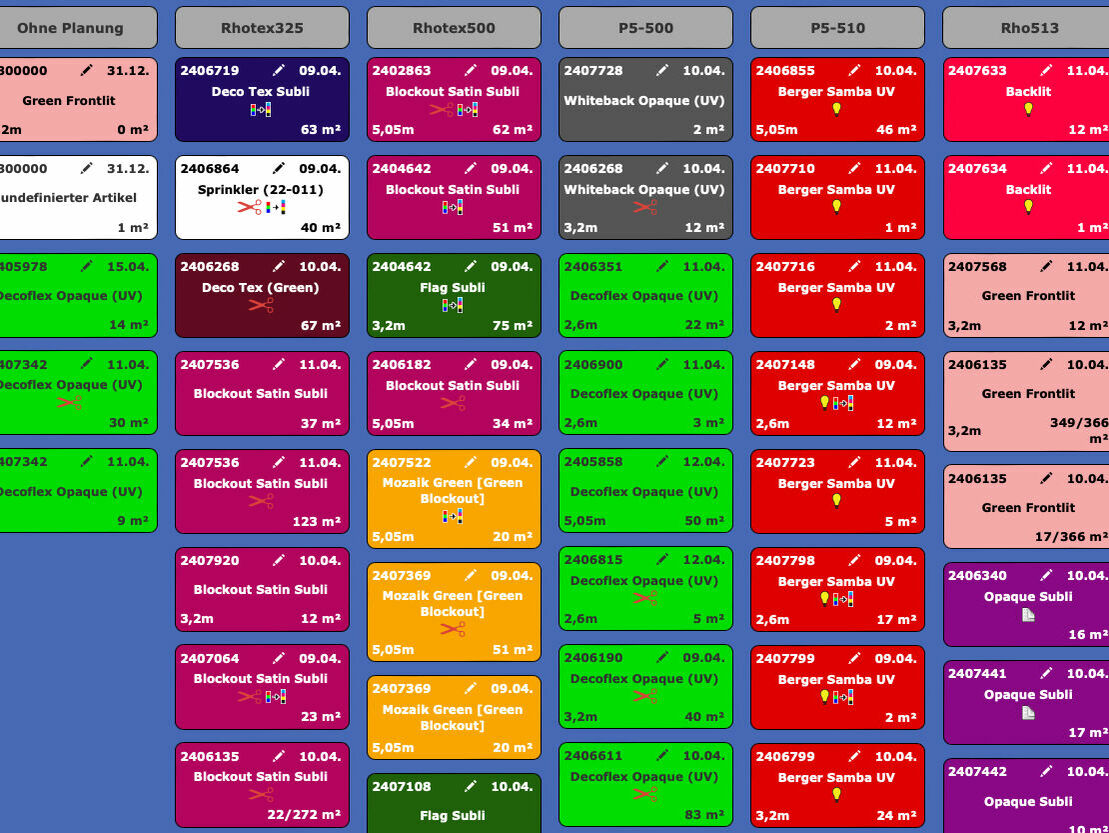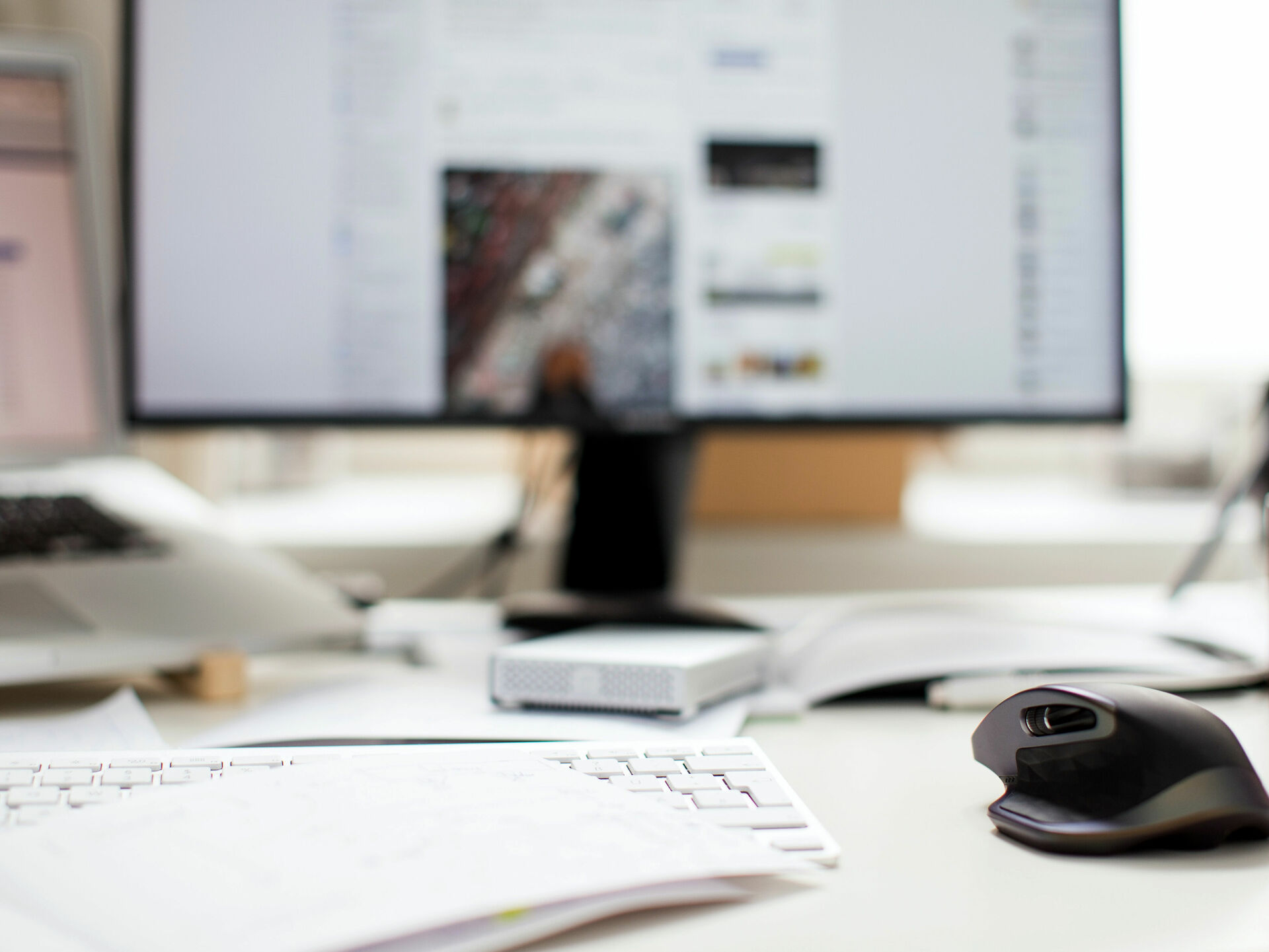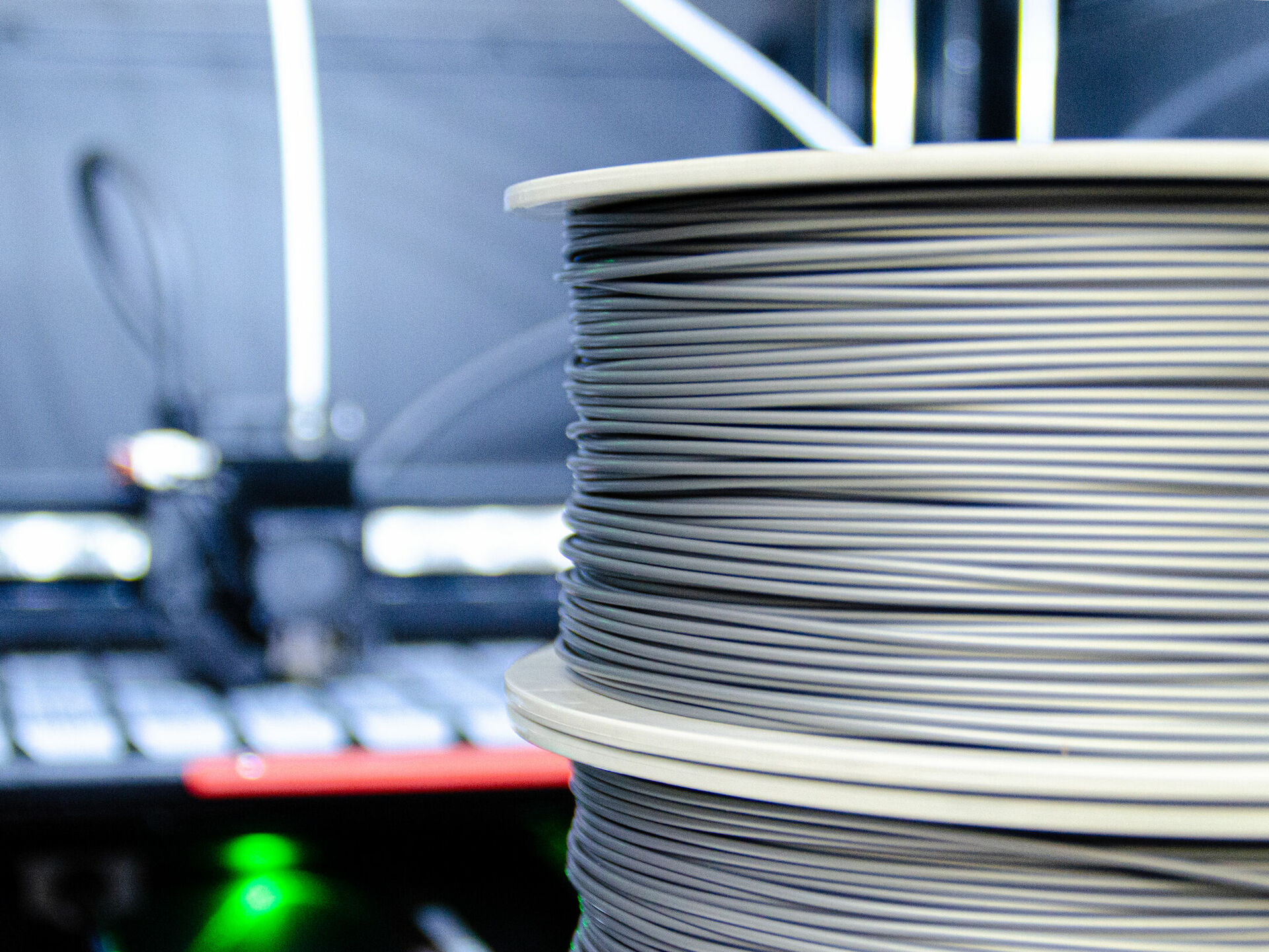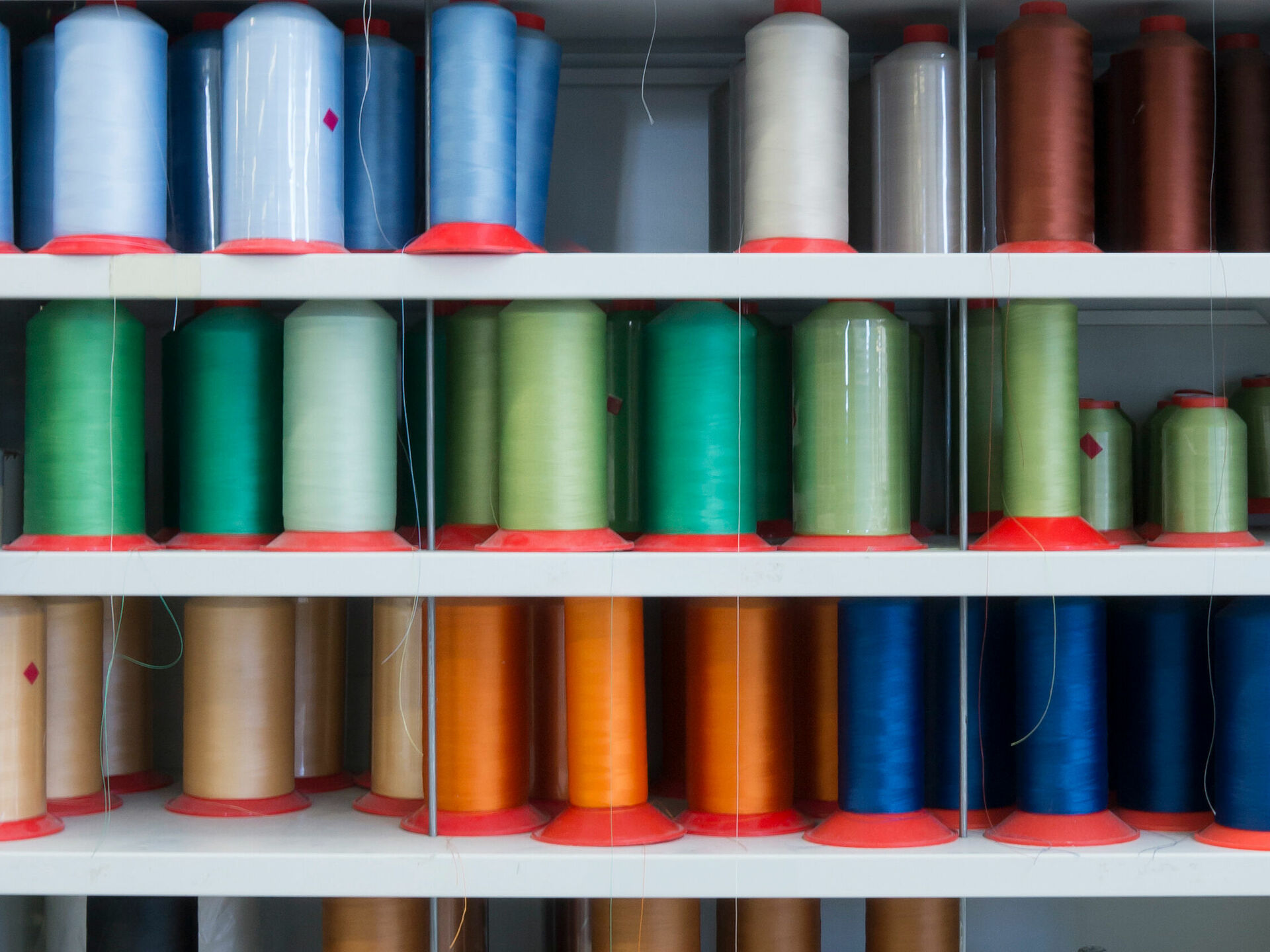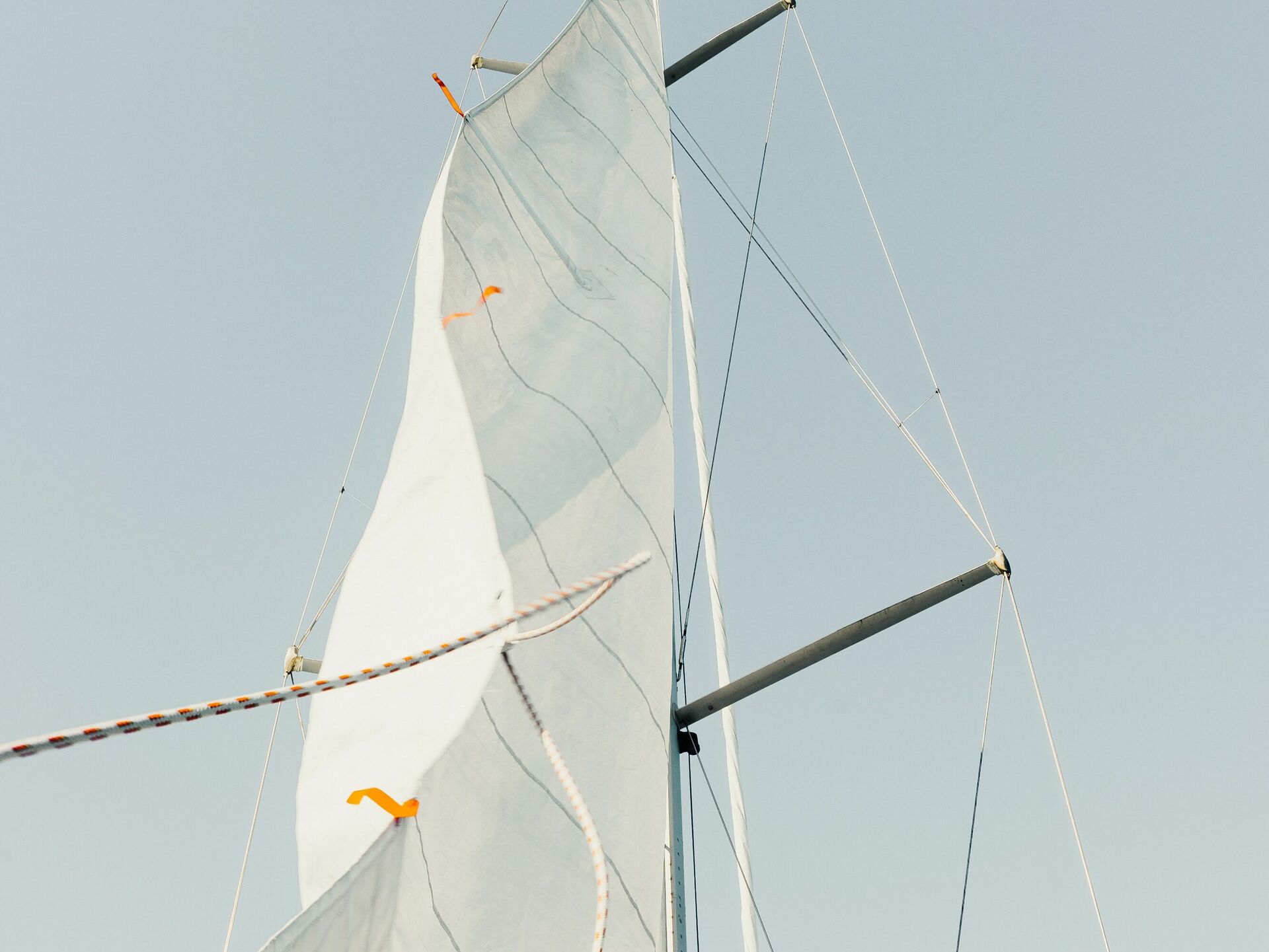Have you ever visited a trade show booth that transported you into another world? Where everything seemed seamlessly integrated, with crisp printed backdrops and perfectly unified structural elements? It’s a spectacular experience — and it’s exactly what we aim to achieve for our customers. At Procedes, we produce the metal frames for our prints ourselves, ensuring precision and quality every step of the way. Join Operations Manager Jan Fissenewert for a closer look at our metal processing.
“There are around 20 large metalworking machines in our Lemwerder workshop,” explains Jan. “We handle everything, from small components to large frames and brackets, and even complex special constructions for textile architecture. In-house production allows us to react quickly in the fast-paced event industry while guaranteeing consistent quality.”
Much of our production is computer-controlled, ensuring millimeter-perfect results. This precision is critical for procedes i-d interior products but benefits exhibition stand construction and other applications just as much.
Some of the machines in the hall were originally acquired for procedes i-d. Today, they are successfully used across all areas of operation.
How-to Metal Process
Before production:
- Computer codes are created for machine programming.
- Procedes standard products are selected for the project.
During production:
- Metals are cut using the water jet cutter or CNC machine.
- Shapes are formed with dies on the folding bench or bending machine.
- Powder coating is applied when required.
- Small parts, such as connectors, are produced (sometimes via 3D printing).
- Larger structures are welded from individual components.
- Products are packed and prepared for dispatch or delivery.
“In aluminum processing, we work with around 20 different profiles in various sizes and shapes. We always keep them in stock and customize them entirely according to the customer’s needs. We also use other standard materials such as rectangular, square, and round aluminum tubes... The different aluminum profiles typically arrive at Procedes in six-meter lengths. Our experts then cut and weld them to the desired size. Many of the profiles are custom-designed and extruded specifically for Procedes — “you’ll only find them here,” emphasizes Jan Fissenewert. This also benefits Procedes customers, because in our metal workshop in Lemwerder, almost anything is possible. “We have everything we need for a wide range of processing options right here — meaning both the machinery and the expertise. From cutting to deburring, we handle it all ourselves.”
- Hydrojet water jet cutter
- 250 cm folding bench
- CNC milling and lathe machines
- CNC bending machine
- Powder coating equipment for up to 100 cm parts
- Bar processing center (SBZ)
- Three double-head miter saws
On average, 750 to 800 linear meters of metal pass through Procedes’ metal processing department each day. During peak production times, that number can rise to 1,000 to 1,500 linear meters. In 2023 alone, approximately 195,000 linear meters of aluminum were processed — that’s around 135 tons of metal.
For processing standard profiles, our most important machine is the profile machining center. It can cut, drill, countersink, tap threads, and mill — fully automated and computer-controlled, even in cycle operation.
Already familiar with the basics? Feel free to skip ahead to the next section!
But keep reading if you just thought: What exactly is a Folding Bench? Or What’s a CNC machine?
A folding bench is used to bend or form metal sheets or plates at a specific angle. The metal is positioned between a fixed bottom beam and a movable top beam. As the top beam is lowered, it presses the sheet against the bottom beam, creating a bend. We can precisely control the bending force, angle, and length — allowing for a fully customized result.
A CNC machine is used to shape materials like metal, plastic, wood, or foam — and at Procedes, it's mostly metal. “CNC” stands for Computerized Numerical Control. Our team programs CNC codes that define the specific cutting or milling paths, and uploads them to the machine’s controller. The machine reads the code and carries out the cutting or milling movements with high precision — completely automatically.
Tailored solutions for every project
“We’ve moved beyond just building frames for textiles,” says Jan. Large projects require precise planning and customization. For example, we’ve developed specially balanced weights to suspend structures or produced connectors, corner brackets, and frame parts tailored to specific needs. These custom components are occasionally supplemented with parts created on our in-house 3D printers.
To make this level of customization manageable in day-to-day operations, we pre-produce certain parts according to Procedes standards — for example, base and floor plates.
Whether custom-designed or produced in advance as standard components, all products from Procedes' metal processing department are high quality, as Jan Fissenewert explains: “Everything here is computer-controlled and cut, drilled, or milled to the exact millimeter. That’s how we ensure consistently high quality for every single product.”
Customers can choose from a variety of processing options, including:
- Cutting straight or mitred at any angle
- Threaded holes
- Various milling forms
- Bending with radii up to 400 mm
- Aluminum welding
- Water jet cutting
“We pretty much always find a solution for everything,” says Jan Fissenewert. “We have an extensive stock of accessories and small parts on site. And what we don’t have, we print with our 3D printer.” Thanks to this high level of in-house production, custom solutions can be implemented quickly and efficiently.
A powder coating is especially useful for metal objects such as components, housings, furniture, fences, and railings — in other words, anything that needs to last and may be exposed to the elements. At Procedes, this often includes banners and textile advertising surfaces that are set up or mounted outdoors.
But powder coating also serves an aesthetic purpose! We coat our clients’ constructions in fabric colors or corporate identity colors — wherever the aluminum shouldn’t be visible. This is particularly important for custom-built special constructions.
Here’s how the powder coating process works:
- The metal surface is carefully prepared — typically cleaned by sandblasting or a chemical pre-treatment. This removes rust, dirt, grease, and other contaminants.
- Next, the coating powder is applied to the prepared metal surface. This can be done by spraying, dipping, or electrostatic application.
- Once the powder is applied, the piece is heated in an oven. The powder melts and bonds to the metal surface. During the curing process, a chemical reaction creates a durable, smooth, and even coating.
The advantages of powder coating in metal construction are numerous:
-
Durability: Powder-coated surfaces are highly resistant to scratches, abrasion, rust, and UV radiation.
-
Eco-friendliness: Powder coating generally contains no volatile organic compounds (VOCs), making it more environmentally friendly than many other coating methods.
-
Versatile design options: A wide range of colors and finishes based on the RAL standard is available to meet various design requirements.
-
Even coating: Powder coating produces a smooth, uniform surface with no drips or streaks.
Plenty of space in our metal workshop — a real advantage!
Our large, in-house workshop allows us to preassemble selected constructions for testing and to check dimensional accuracy before final installation. This is especially important for custom builds, where the fit between substructure and textile needs to be perfect.
Once the pieces meet all criteria, they move on to final assembly, powder coating, picking and packing — and then shipping, all handled directly at Procedes.


![[Translate to English:] Aluminiumprofile gestapelt](/fileadmin/_processed_/c/4/csm_alu_multinut_1e23ce7f6a.jpg)
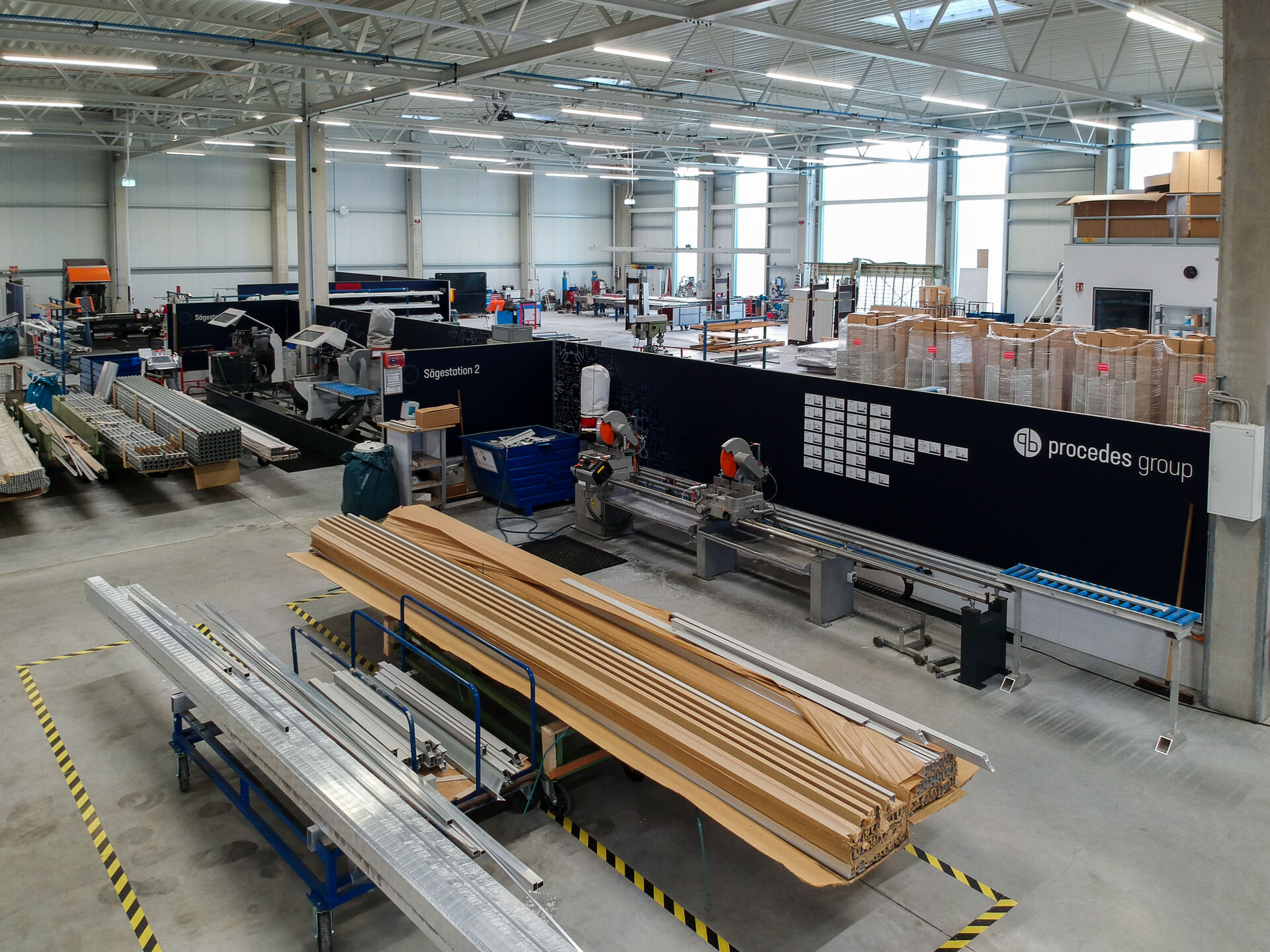
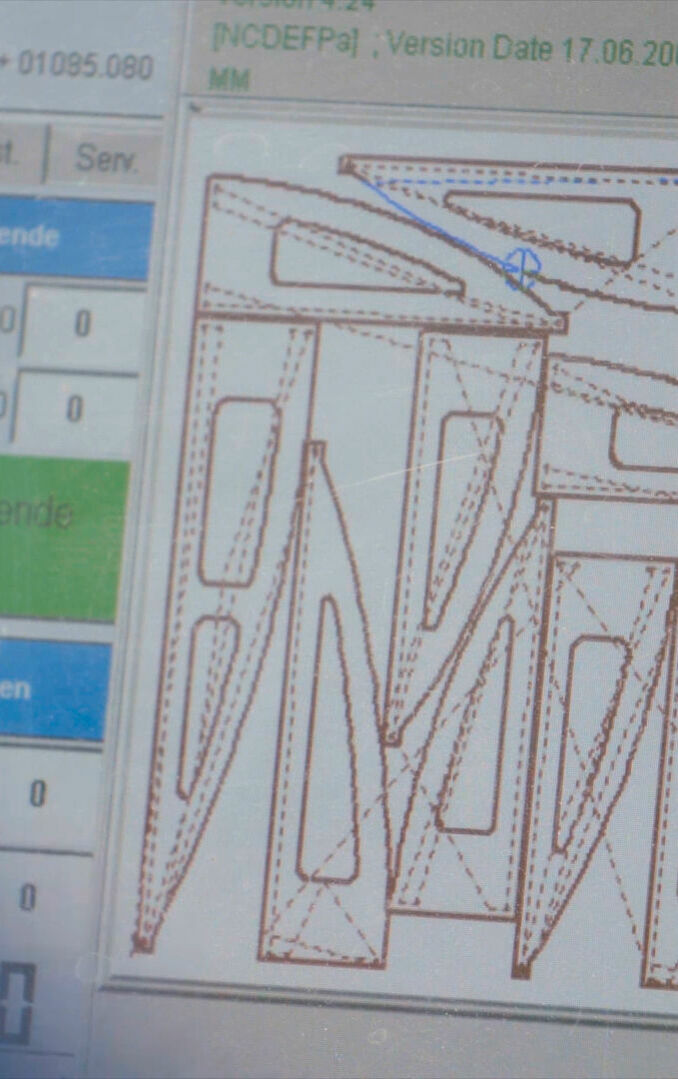
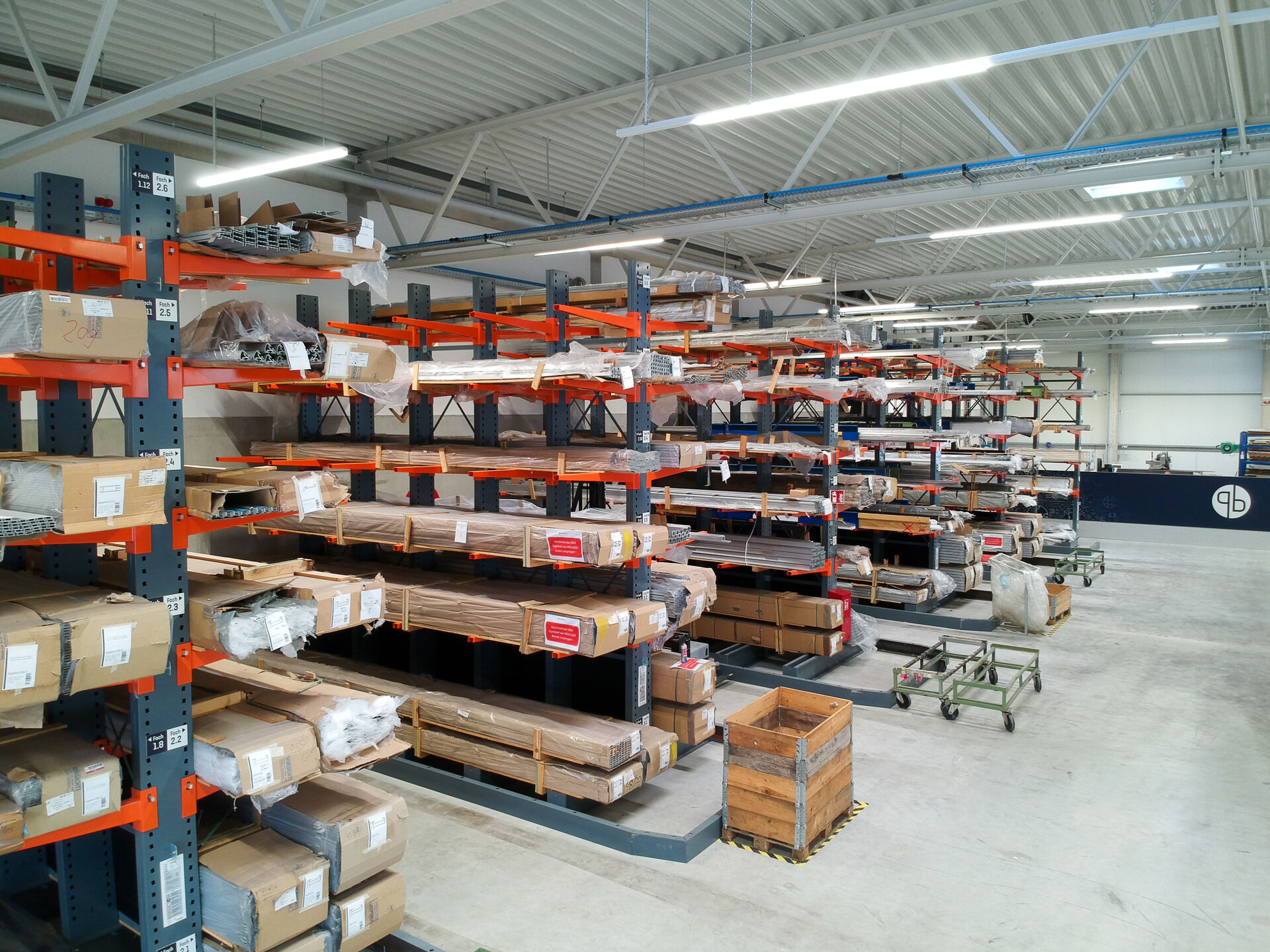
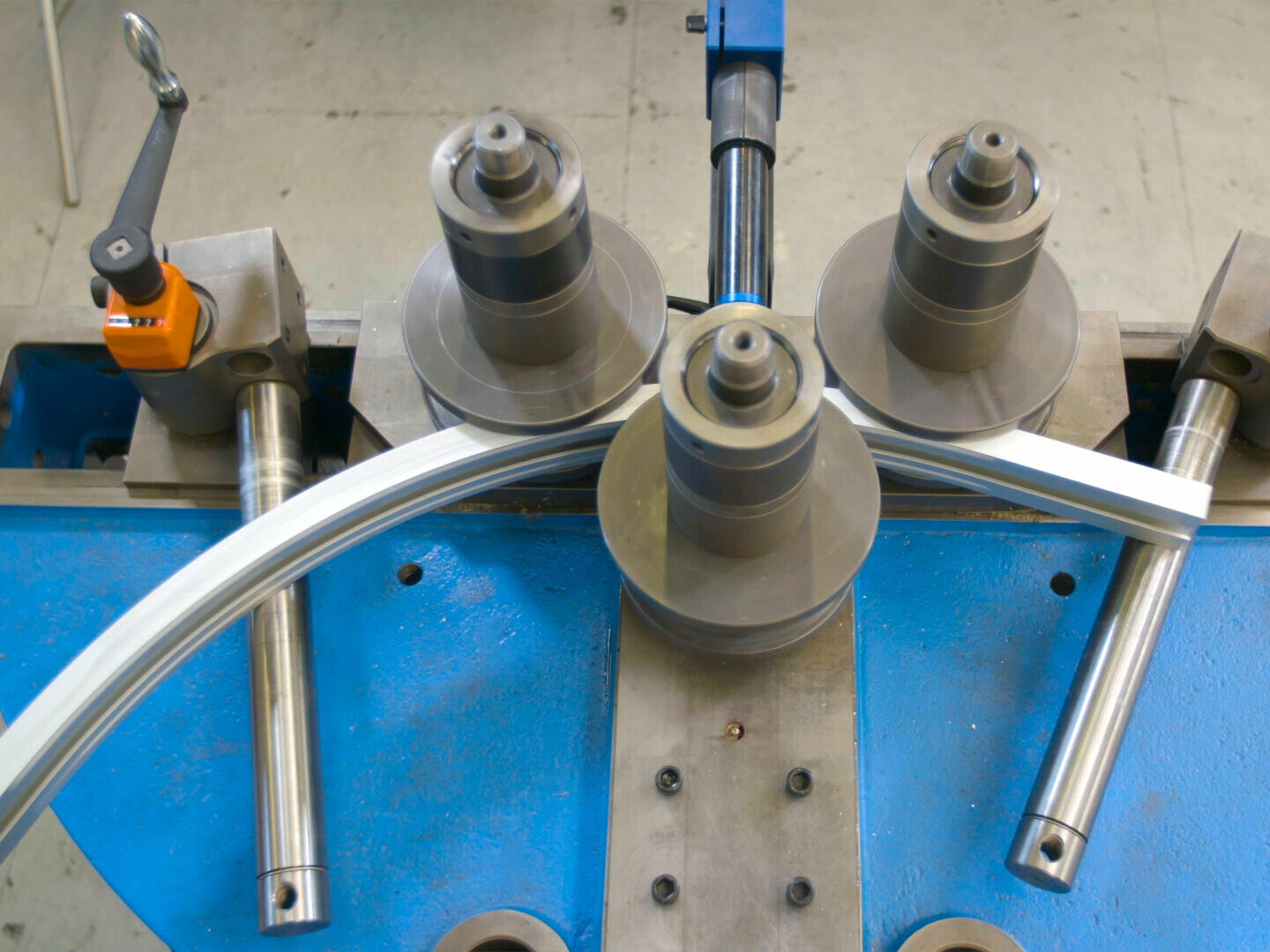
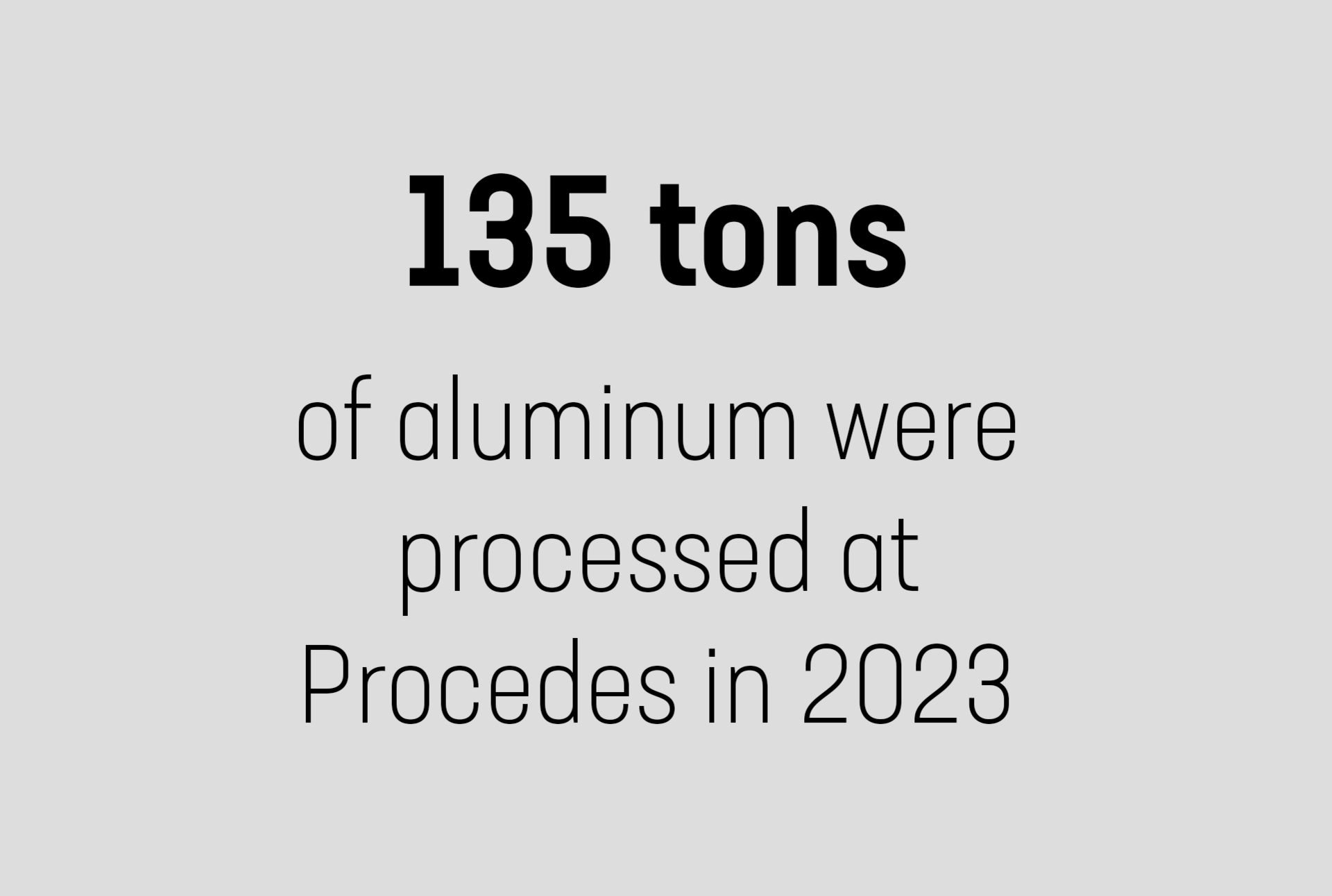
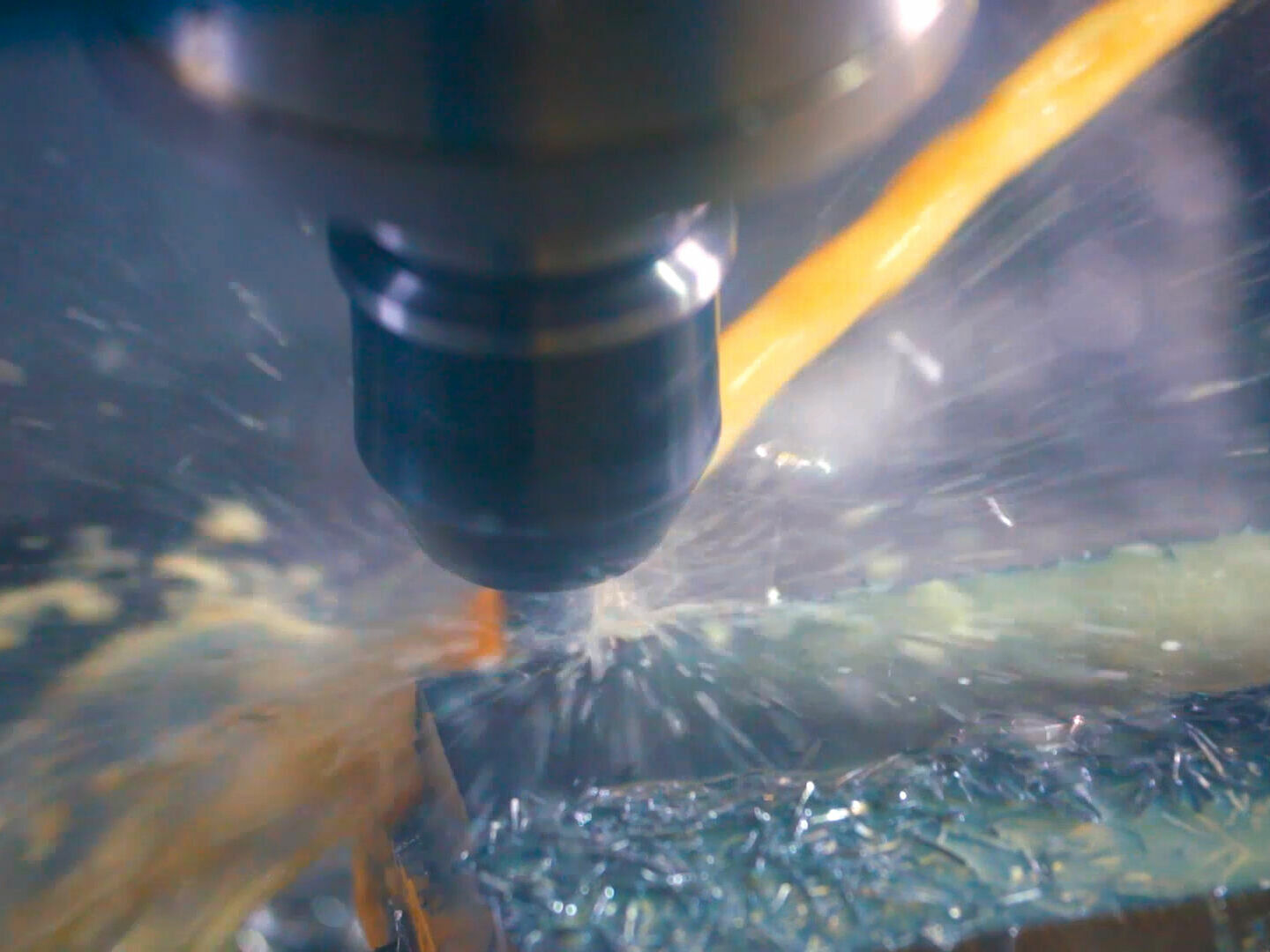
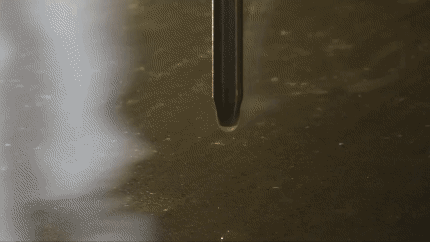
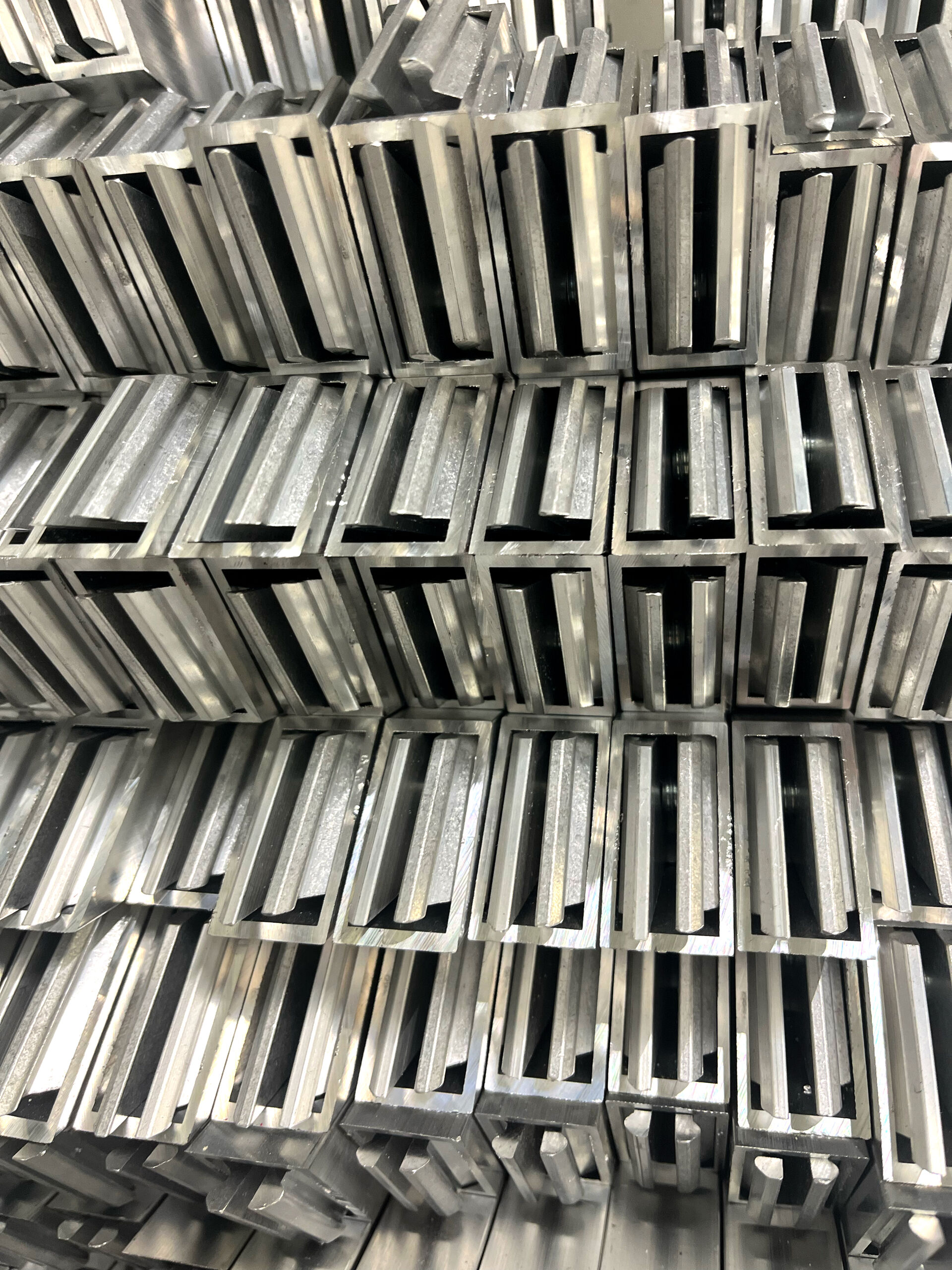

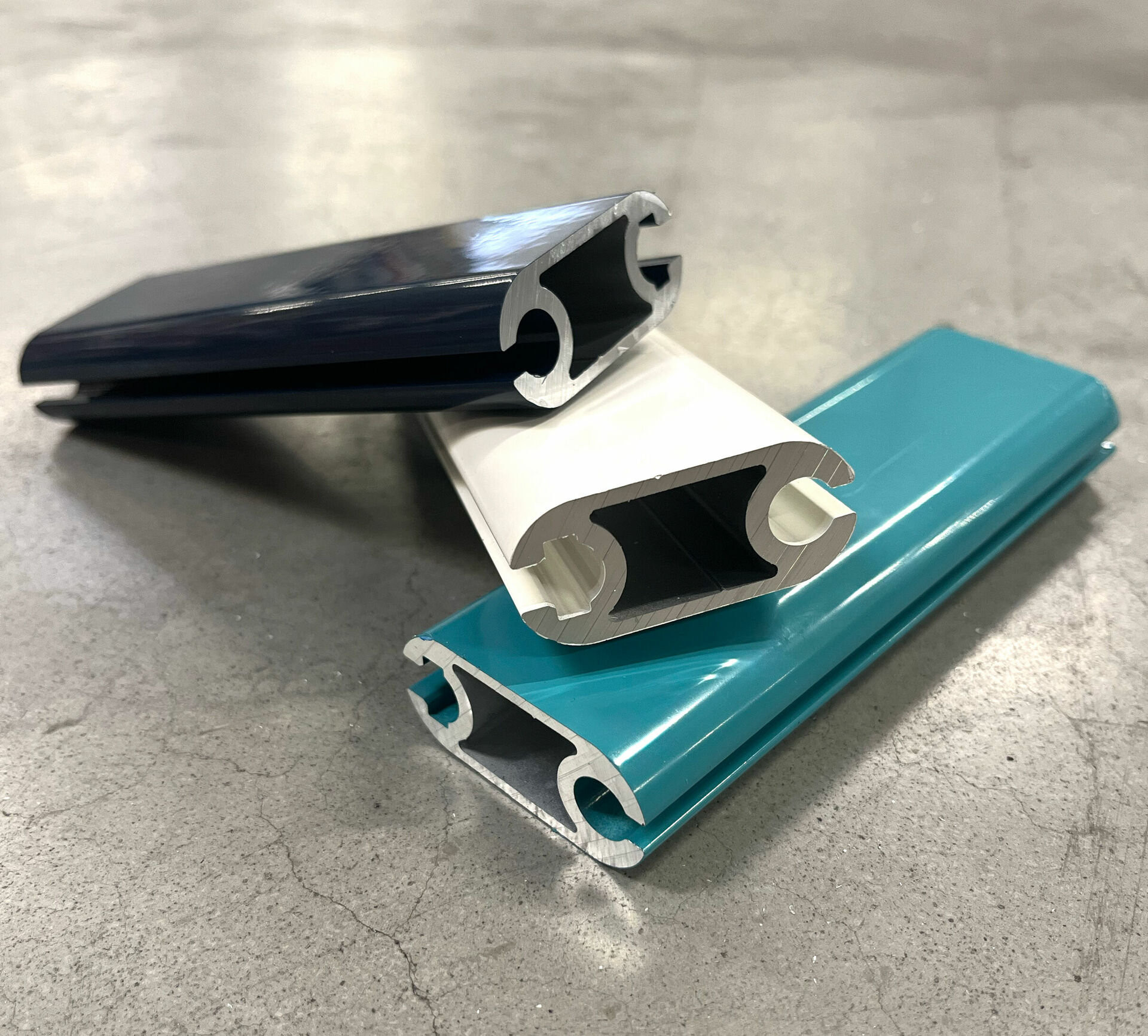
![[Translate to English:] Round textile sculptures in white hang from the ceiling.](/fileadmin/_processed_/f/7/csm_cta-procedes_b2c2ad64de.jpg)

